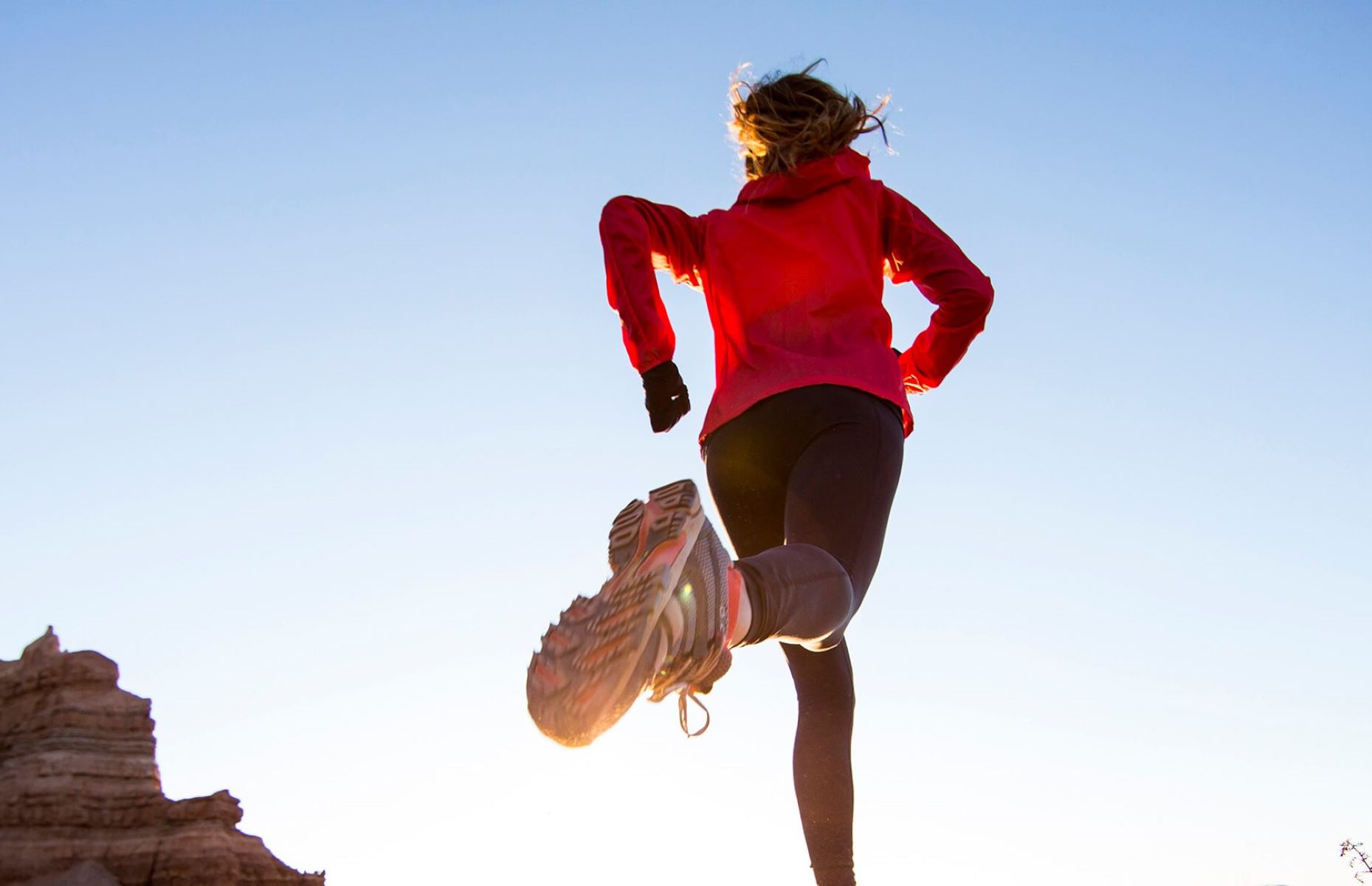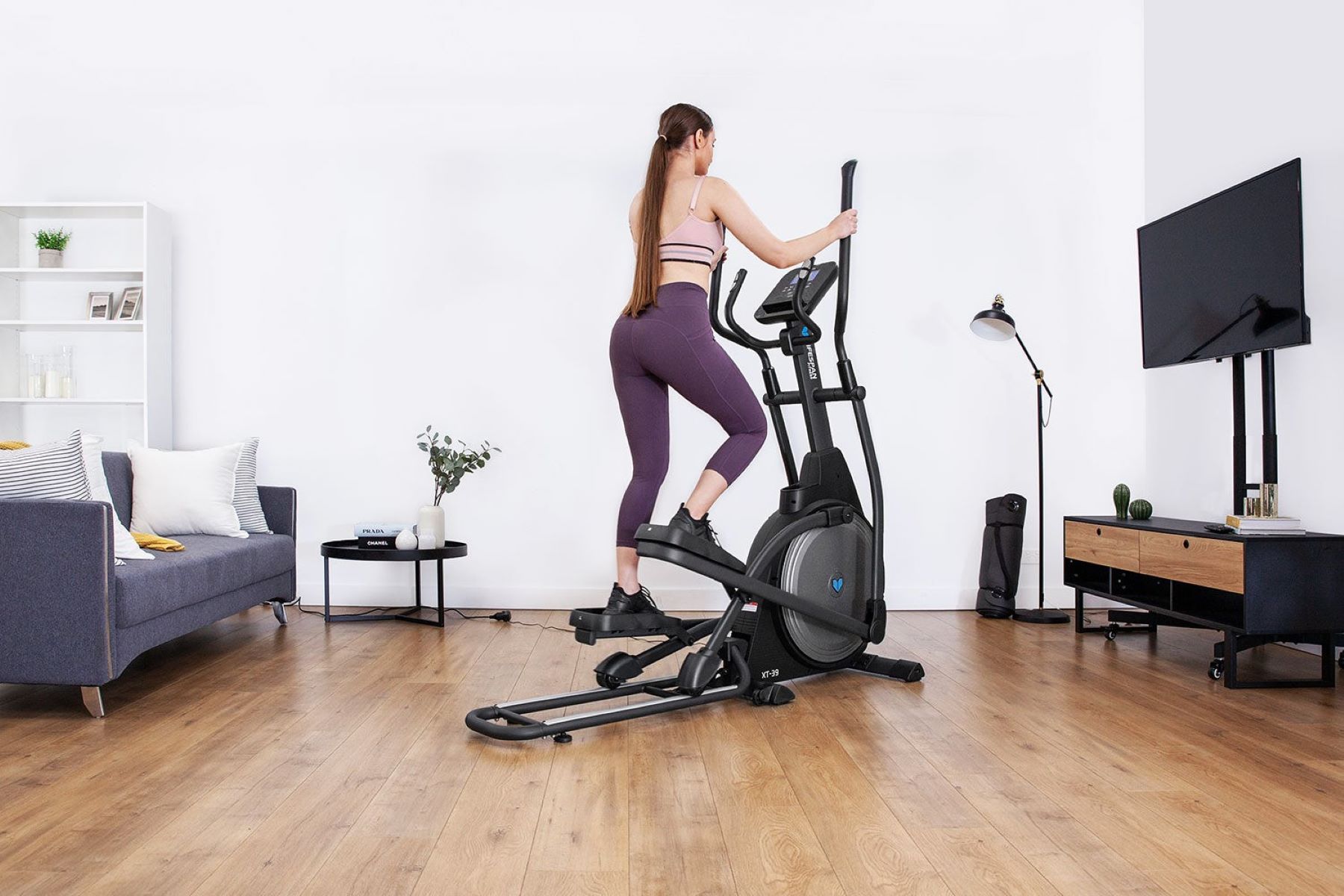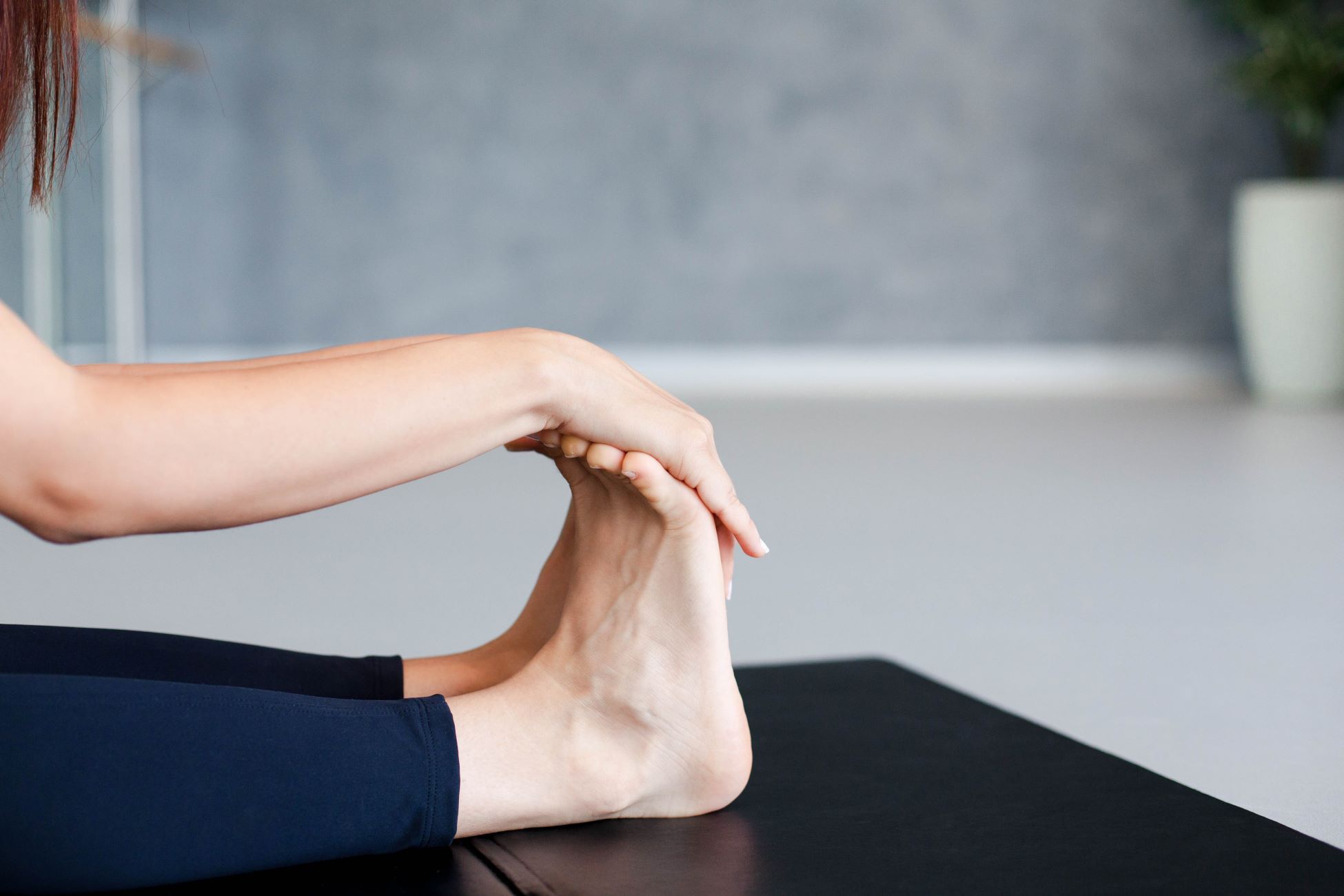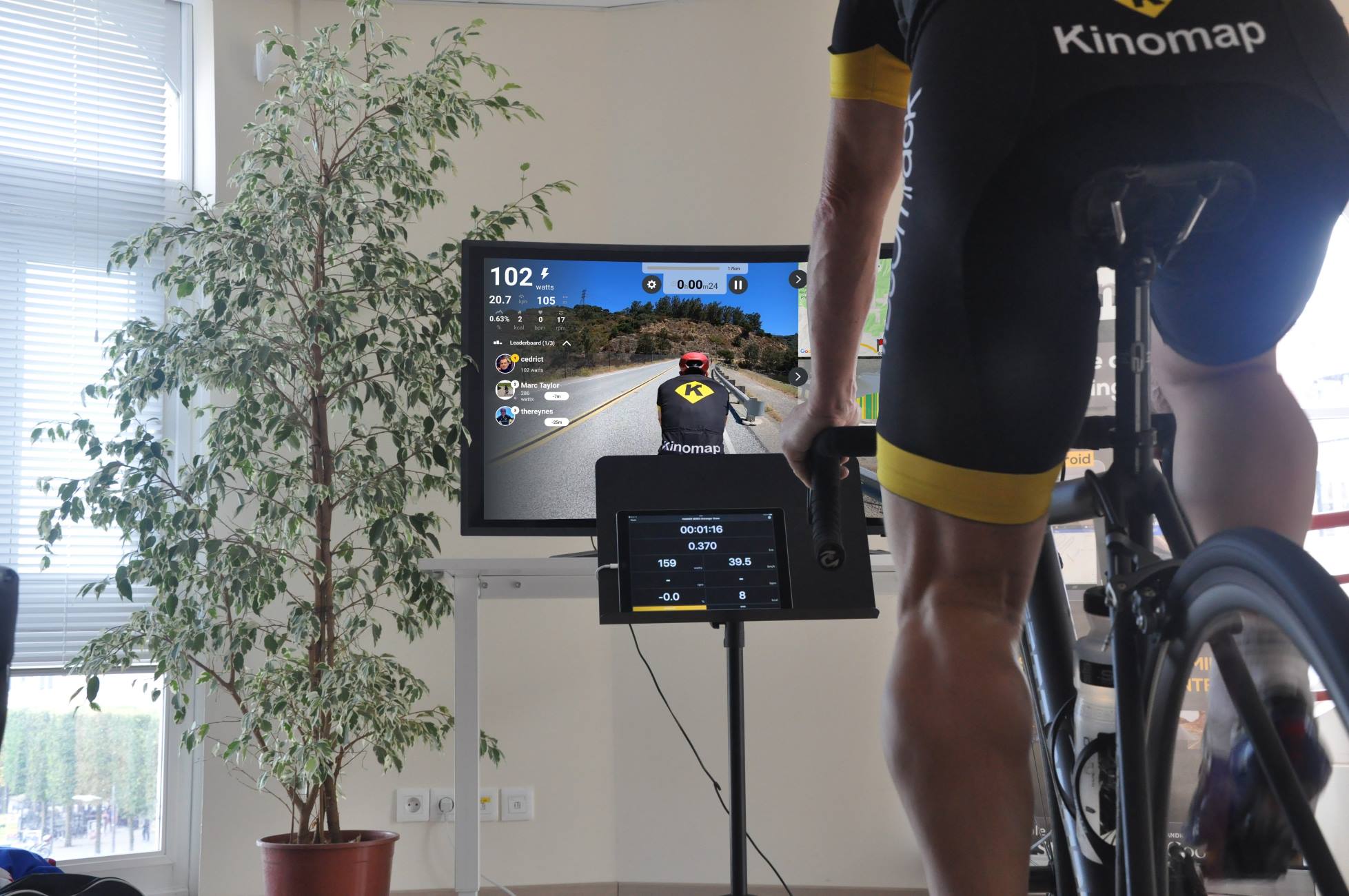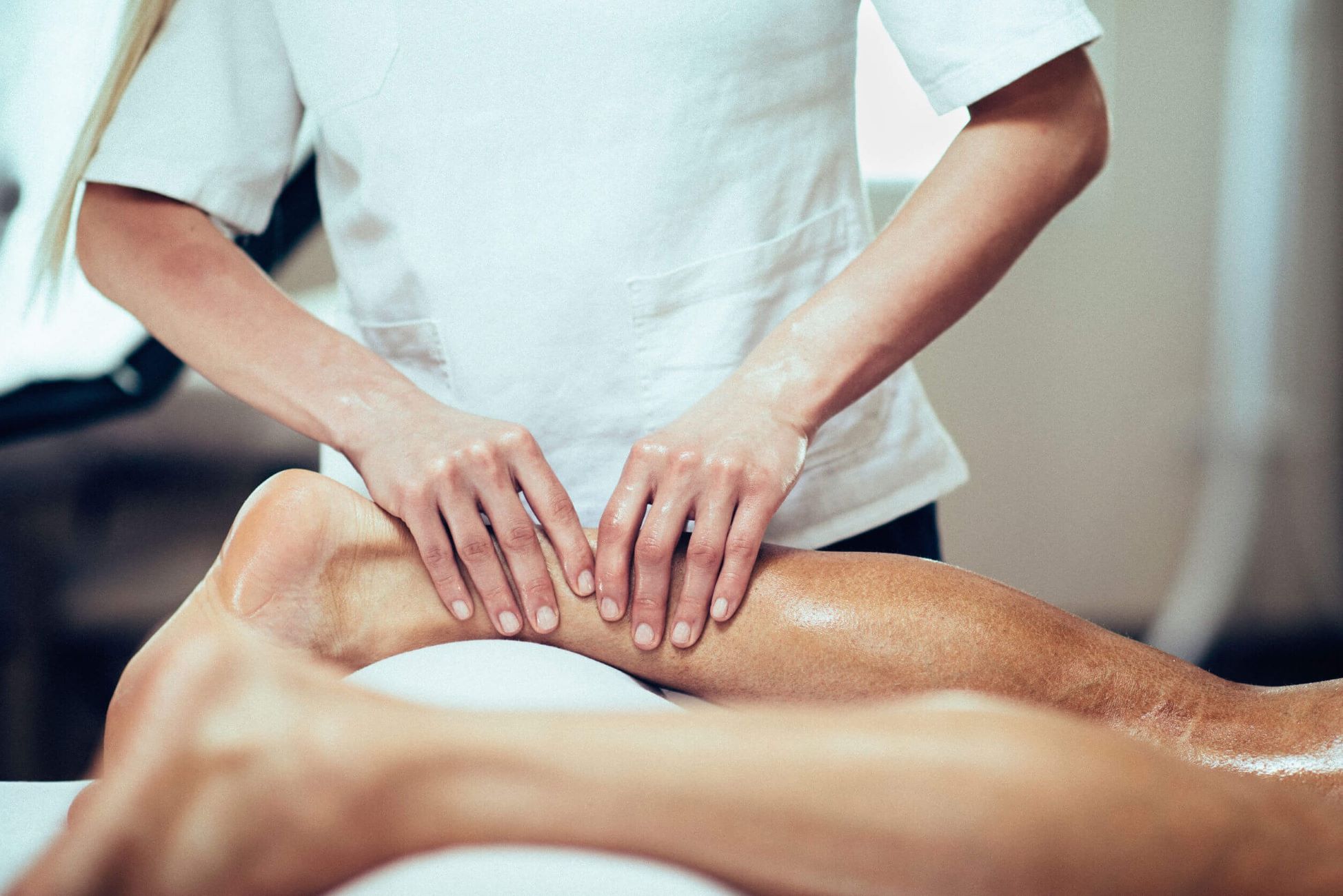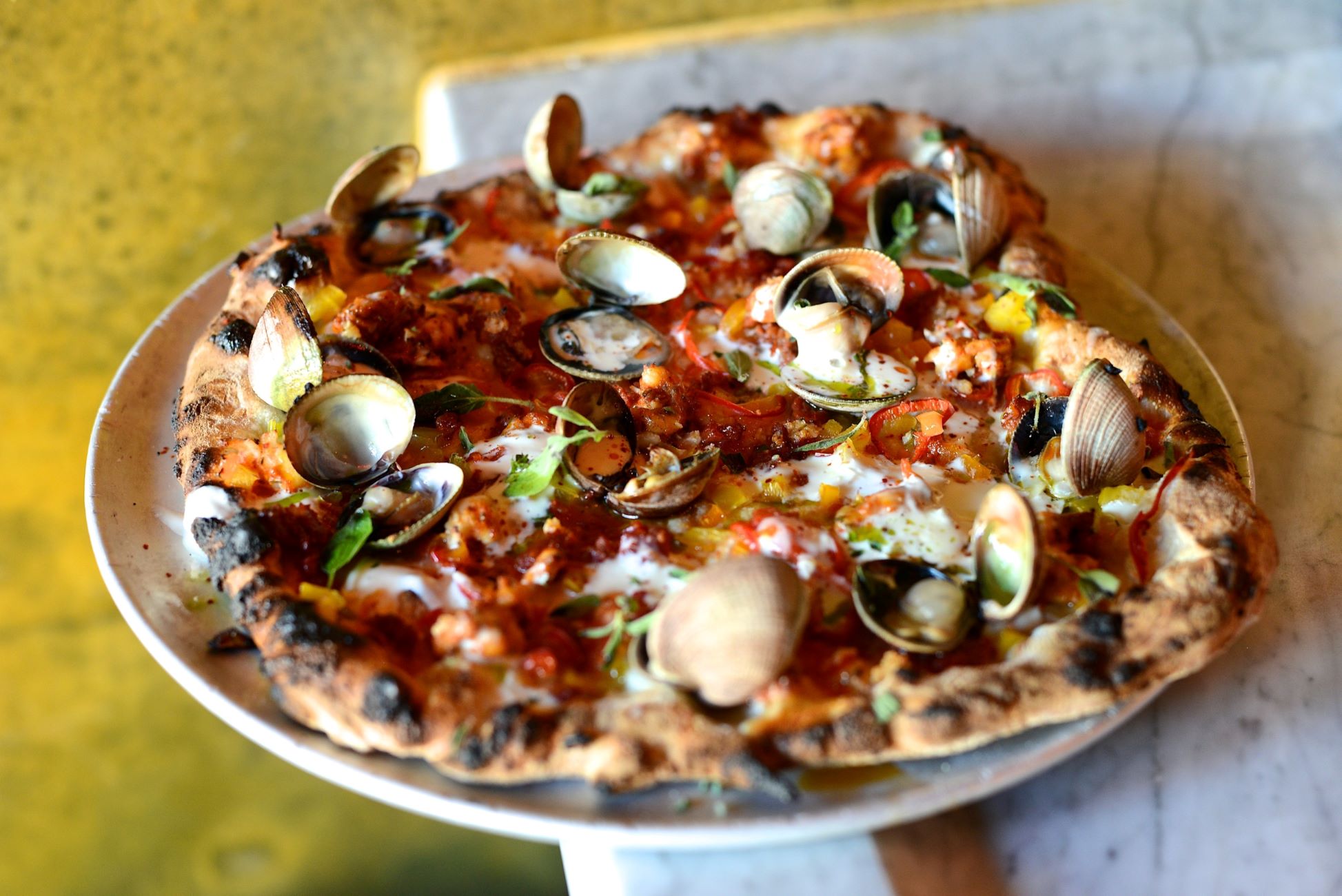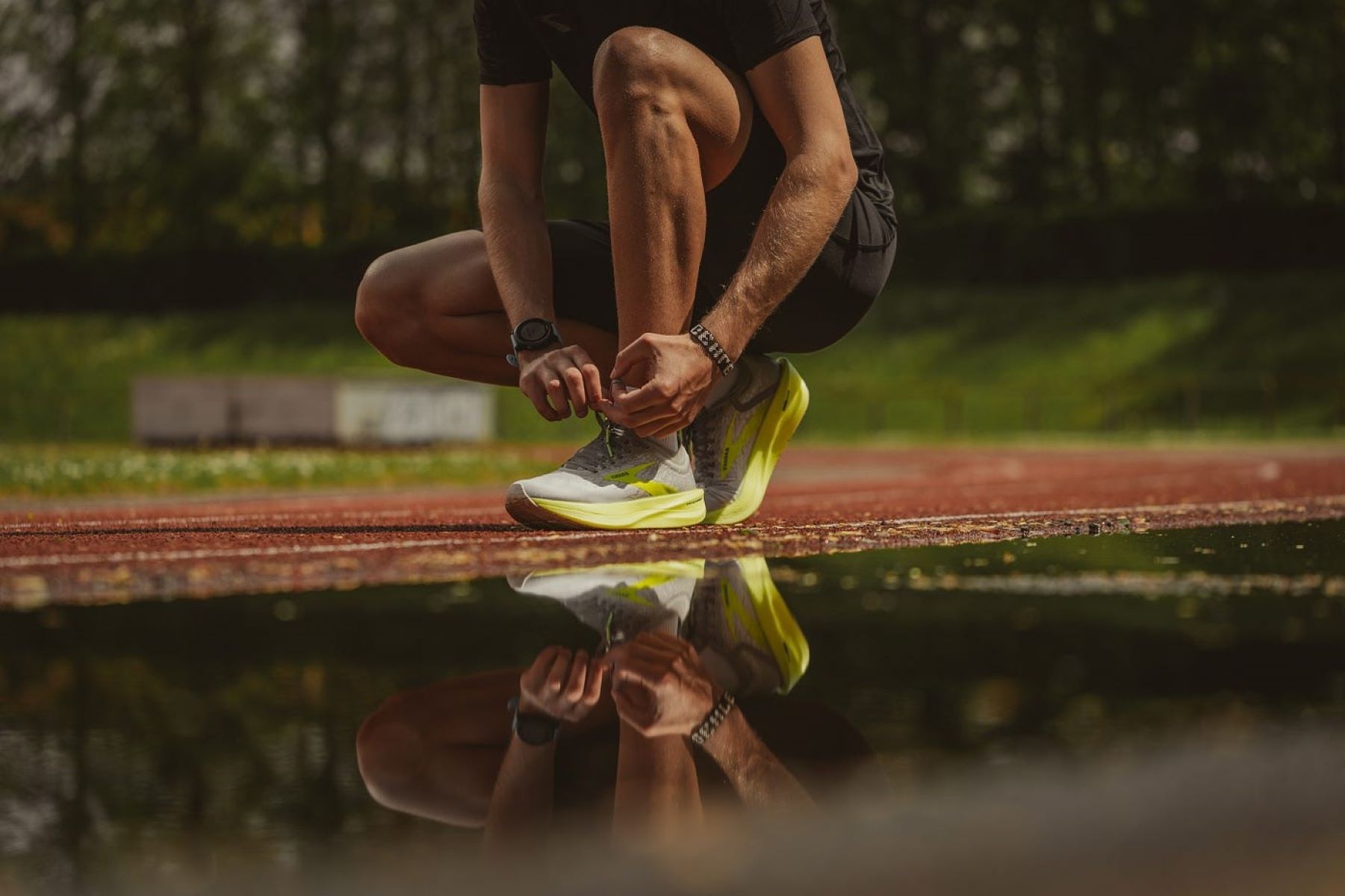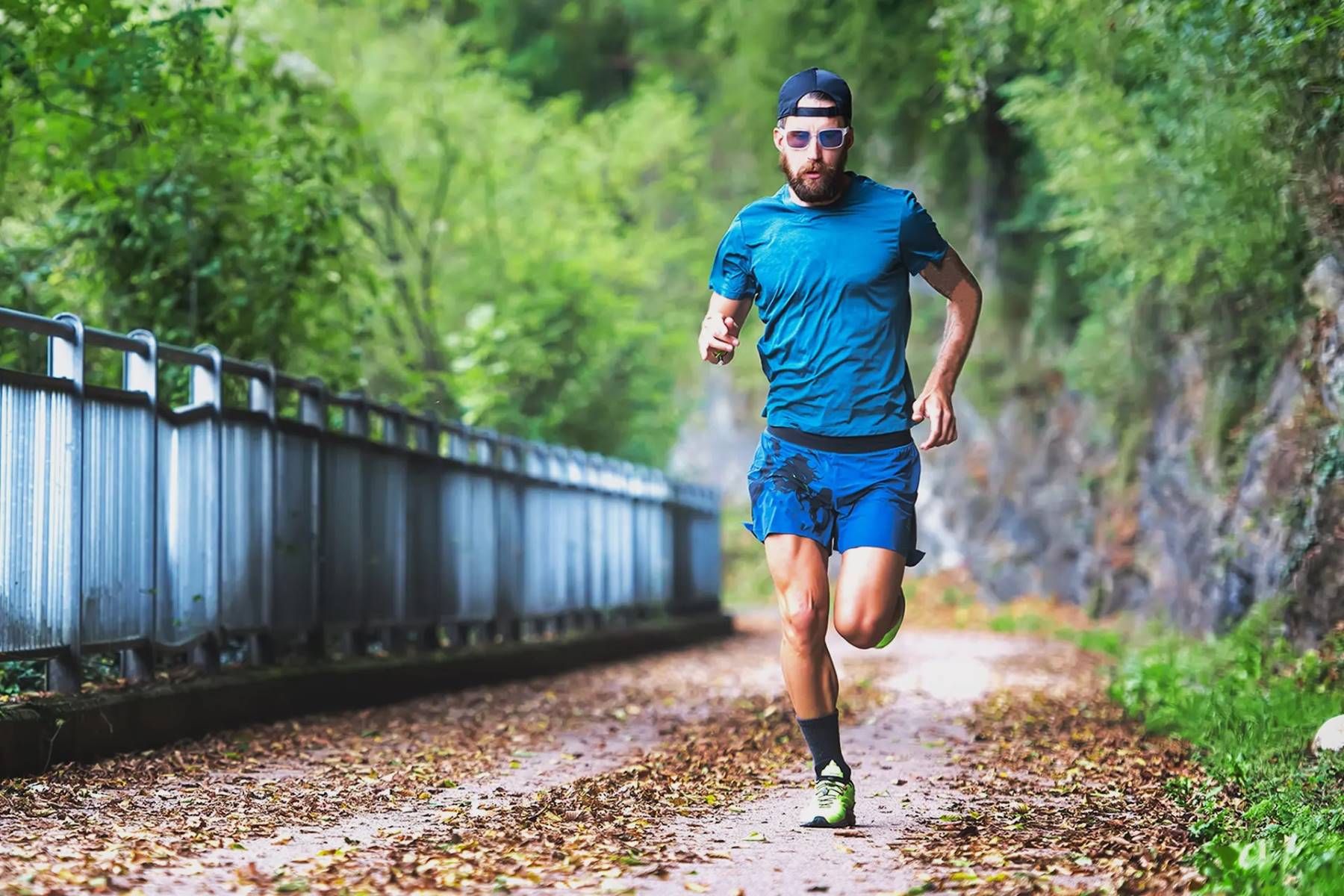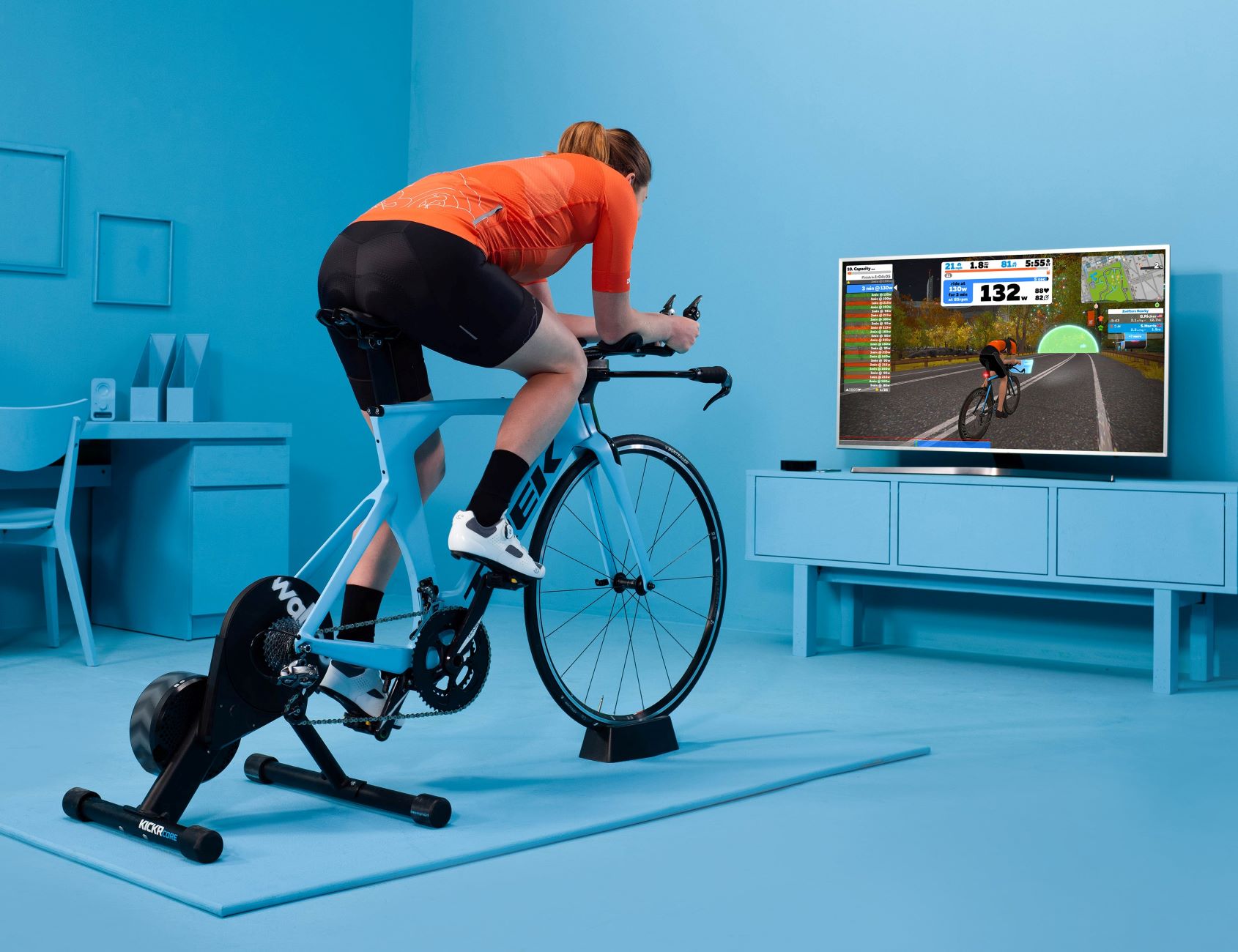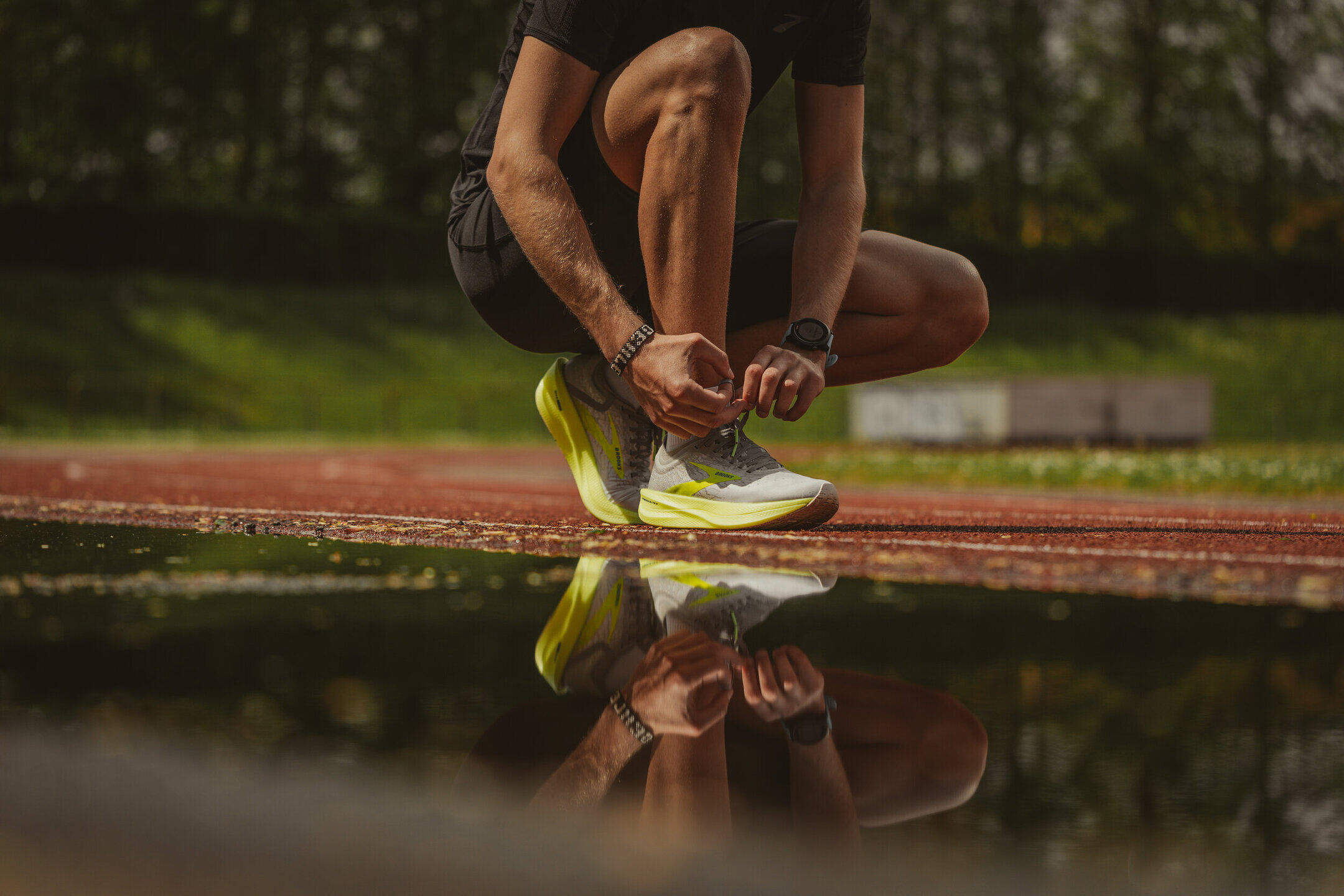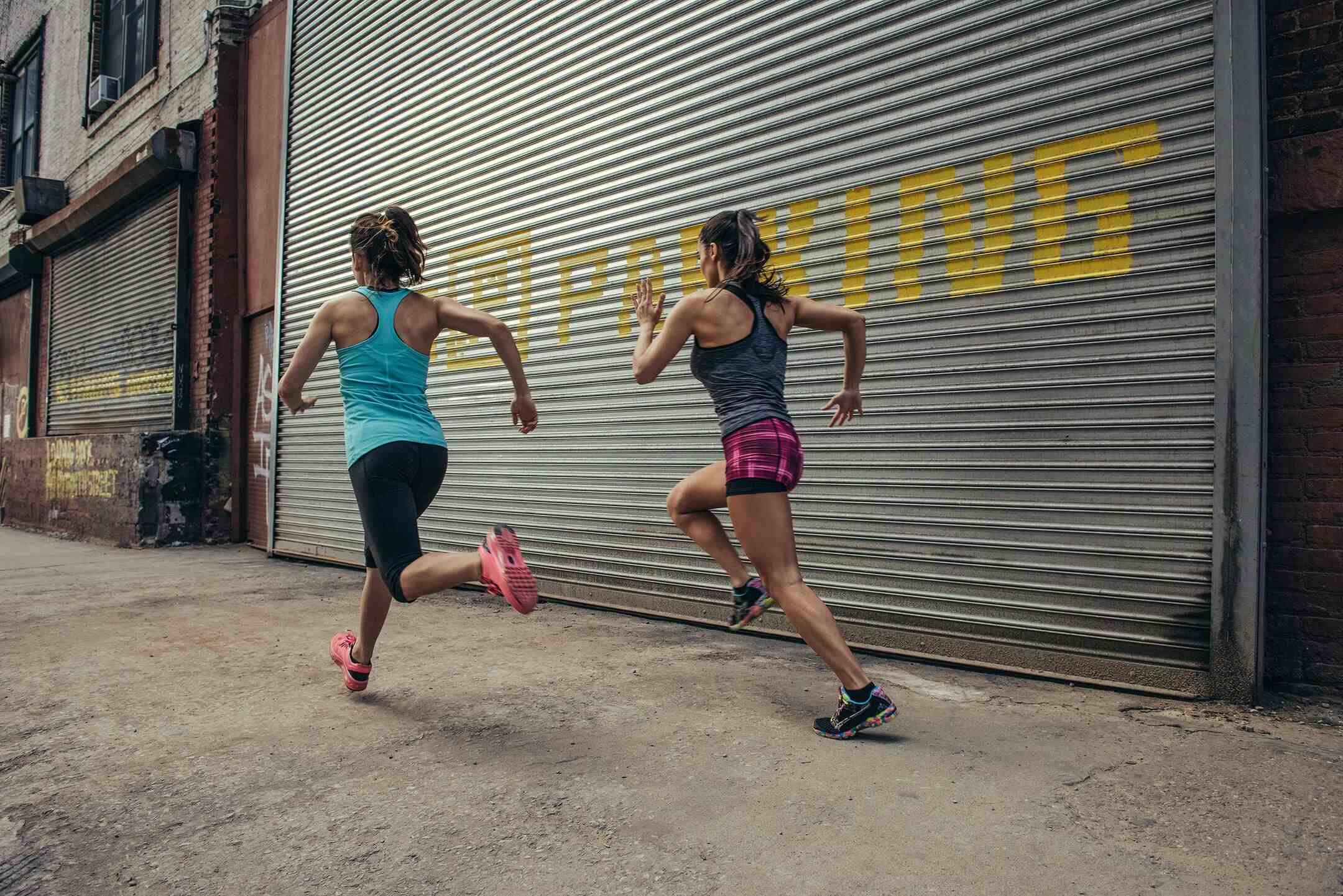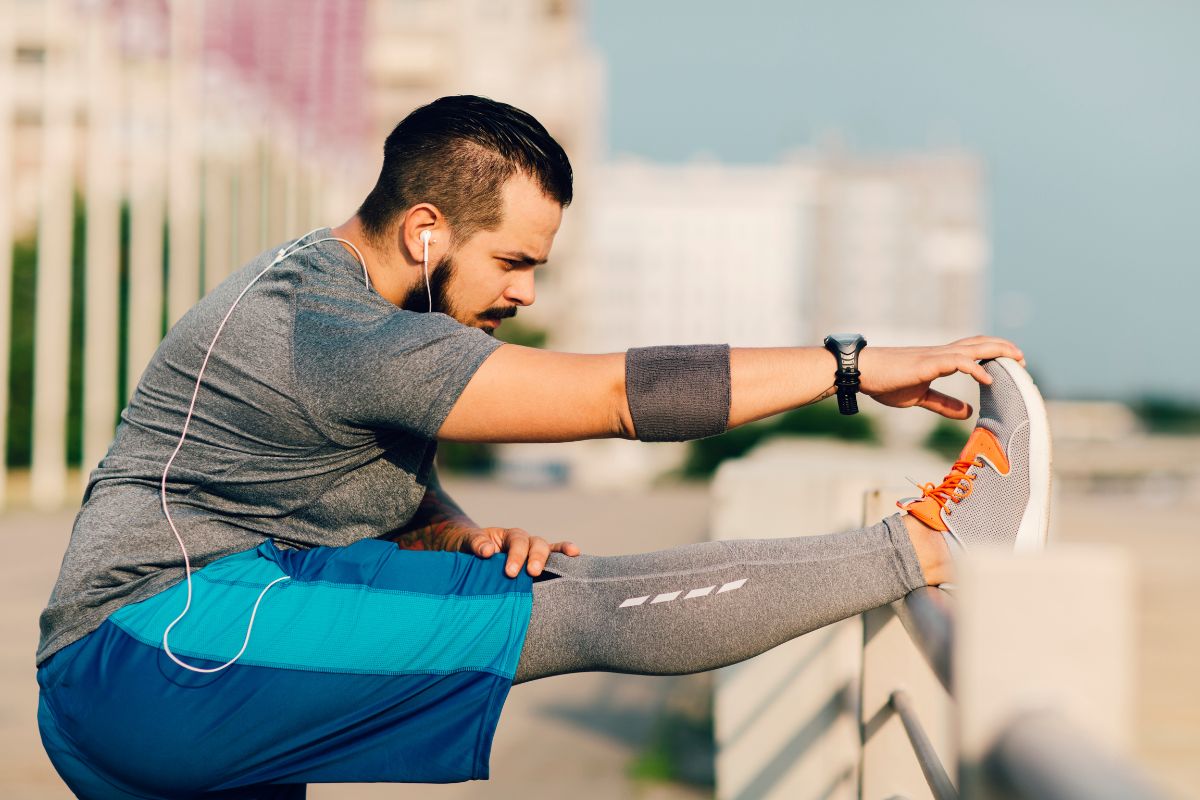Home>Health & Nutrition>Injury Prevention>Preventing And Treating Blisters: A Guide For Runners
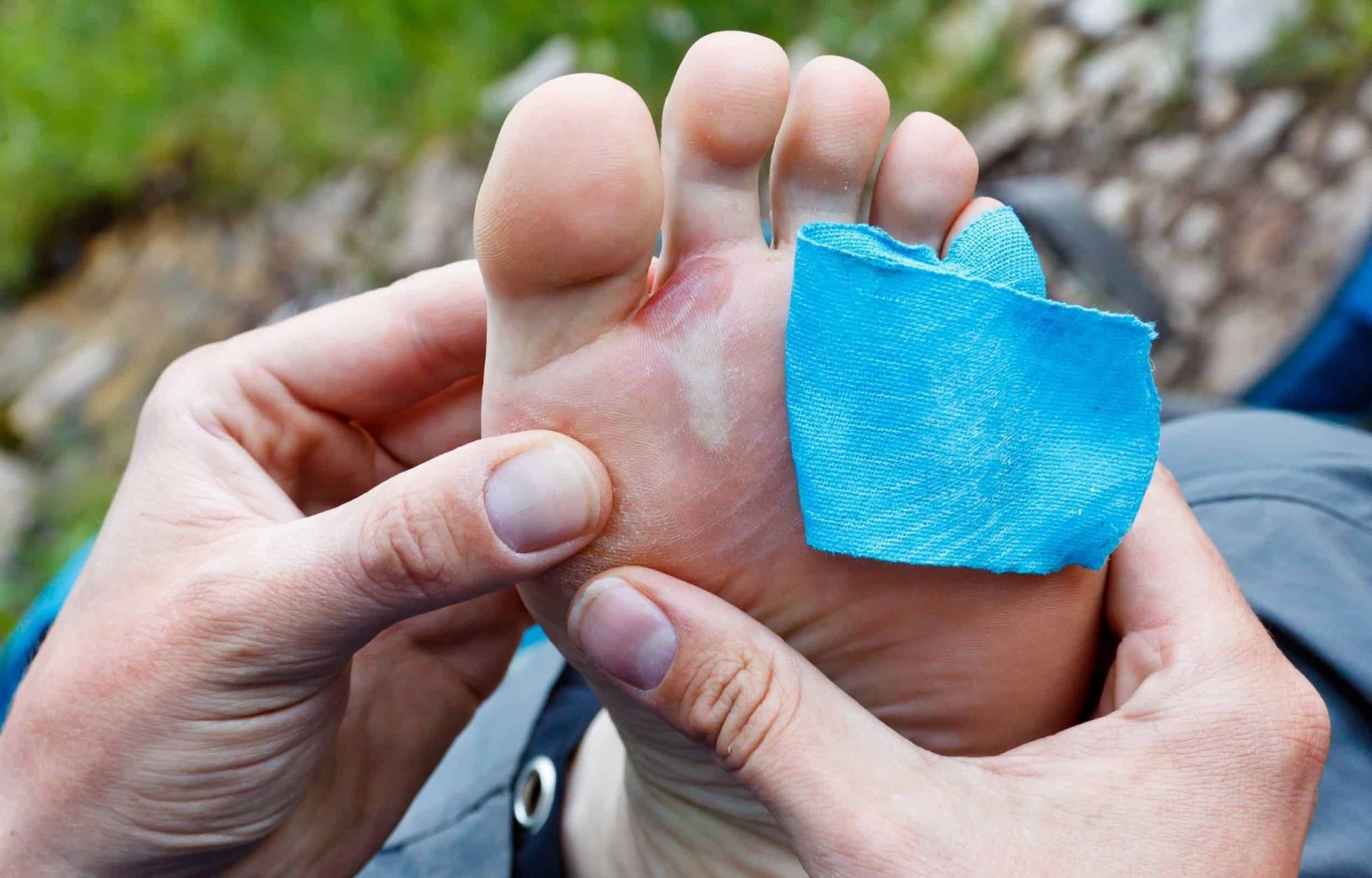

Injury Prevention
Preventing And Treating Blisters: A Guide For Runners
Published: February 24, 2024
Learn how to prevent and treat blisters with our comprehensive guide for runners. Discover effective strategies for injury prevention and management.
(Many of the links in this article redirect to a specific reviewed product. Your purchase of these products through affiliate links helps to generate commission for Therunningadvisor.com, at no extra cost. Learn more)
Table of Contents
Understanding Blisters: Causes and Risk Factors
Blisters are a common nuisance for runners, often causing discomfort and hindering performance. Understanding the causes and risk factors of blisters is crucial for effective prevention and treatment.
Causes of Blisters:
- Friction: The primary cause of blisters is friction between the skin and footwear. When the skin rubs against socks or shoes repeatedly, it can lead to the formation of blisters.
- Moisture: Excessive moisture, such as sweat or wet conditions, can soften the skin, making it more susceptible to blister formation. Moisture also increases the likelihood of friction, exacerbating the problem.
Risk Factors:
- Ill-fitting Footwear: Shoes that are too tight or too loose can create friction and pressure points, increasing the risk of blisters.
- High-Impact Activities: Running, especially over long distances, subjects the feet to repetitive impact and friction, heightening the likelihood of blisters.
- Heat and Humidity: Hot and humid weather conditions can intensify sweating, leading to increased moisture and friction, thereby elevating the risk of blisters.
- Skin Sensitivities: Individuals with sensitive skin or certain foot conditions, such as bunions or hammertoes, may be more prone to blister formation.
Understanding these causes and risk factors empowers runners to take proactive measures to prevent blisters. By addressing these factors, such as choosing appropriate footwear and managing moisture, runners can significantly reduce the likelihood of developing blisters during their training and races.
Preventing Blisters: Tips for Runners
Preventing blisters is a top priority for runners, as these pesky skin irritations can disrupt training routines and hinder race-day performance. Fortunately, there are several effective strategies that runners can implement to minimize the risk of developing blisters.
1. Proper Footwear Selection
Choosing the right footwear is paramount in blister prevention. Runners should opt for shoes that provide a comfortable and secure fit, with ample toe room to prevent friction. It's essential to invest in running shoes that are specifically designed for individual foot types and gait patterns. Additionally, replacing worn-out shoes in a timely manner can help maintain optimal support and cushioning, reducing the likelihood of blisters.
2. Moisture Management
Managing moisture is crucial for blister prevention. Wearing moisture-wicking socks can help keep the feet dry by drawing sweat away from the skin. Additionally, applying a thin layer of lubricant, such as petroleum jelly or specialized anti-blister products, to areas prone to friction can reduce skin irritation and blister formation.
3. Gradual Conditioning
Gradually conditioning the feet to withstand long-distance running can help toughen the skin and reduce the risk of blisters. Incrementally increasing mileage and intensity allows the skin to adapt to the rigors of running, minimizing the likelihood of developing blisters due to sudden excessive friction.
4. Protective Padding
Strategic use of protective padding, such as moleskin or blister-specific bandages, can provide an additional barrier between the skin and footwear. Placing these pads over areas prone to blister formation, such as the heels or toes, can help alleviate pressure and reduce friction during running.
5. Proper Sock Selection
Selecting the right socks is essential for blister prevention. Runners should opt for seamless, moisture-wicking socks that fit snugly without causing constriction. Avoiding cotton socks, which tend to retain moisture, and opting for synthetic or wool-blend options can help keep the feet dry and minimize friction.
6. Regular Foot Care
Maintaining proper foot hygiene and care is vital for preventing blisters. Keeping the toenails trimmed, addressing any calluses or rough patches, and moisturizing the feet can contribute to overall skin health, reducing the likelihood of blister formation.
By incorporating these proactive measures into their running routines, runners can significantly reduce the occurrence of blisters and enjoy a more comfortable and uninterrupted training experience. Taking a proactive approach to blister prevention not only enhances running performance but also promotes overall foot health and comfort.
Treating Blisters: First Aid and Home Remedies
When blisters occur, prompt and appropriate treatment is essential to alleviate discomfort and expedite the healing process. Employing first aid measures and home remedies can effectively manage blisters, preventing potential complications and promoting recovery.
First Aid for Blisters
-
Leave Intact: In most cases, it is advisable to leave blisters intact, as the blister roof serves as a natural barrier, protecting the underlying skin from infection. Popping the blister increases the risk of infection and delays healing.
-
Protective Covering: If the blister is in an area prone to further friction, such as the sole of the foot, applying a protective covering, such as a blister-specific bandage or moleskin, can help reduce discomfort and prevent additional irritation.
-
Pain Relief: Over-the-counter pain relievers, such as ibuprofen or acetaminophen, can help alleviate discomfort associated with blisters, especially if they are located in weight-bearing areas.
Home Remedies for Blisters
-
Warm Compress: Gently applying a warm, moist compress to the blister can provide relief and promote reabsorption of the fluid within the blister. This can help reduce pressure and discomfort.
-
Aloe Vera Gel: The natural anti-inflammatory and soothing properties of aloe vera gel can aid in relieving blister discomfort and promoting healing. Applying a thin layer of aloe vera gel to the blistered area can provide relief.
-
Tea Tree Oil: Diluted tea tree oil possesses antimicrobial properties that can help prevent infection in blisters. Applying a small amount of diluted tea tree oil to the blister can aid in keeping the area clean and protected.
-
Honey: Known for its antibacterial and wound-healing properties, applying a small amount of medical-grade honey to the blister and covering it with a sterile bandage can promote healing and reduce the risk of infection.
-
Epsom Salt Soak: Soaking the affected area in warm water with Epsom salt can help dry out the blister and promote healing. The salt also possesses mild antiseptic properties, aiding in preventing infection.
By promptly addressing blisters with appropriate first aid measures and utilizing home remedies, individuals can effectively manage blister discomfort and support the healing process. It is important to monitor the blister for signs of infection, such as increasing redness, swelling, or drainage, and seek medical attention if necessary.
Choosing the Right Footwear and Socks for Blister Prevention
Selecting appropriate footwear and socks is paramount in the prevention of blisters for runners. Ill-fitting shoes and unsuitable socks can significantly contribute to friction and moisture buildup, increasing the risk of blister formation. By prioritizing the following considerations, runners can make informed choices to minimize the likelihood of blisters and enhance overall foot comfort.
Footwear Selection
When it comes to footwear, runners should prioritize comfort, fit, and support. It is essential to choose running shoes that cater to individual foot characteristics, such as arch type, pronation, and foot width. Visiting a specialized running store for a professional fitting can help identify the most suitable shoe options based on these factors. Additionally, ensuring adequate toe room to prevent crowding and friction is crucial. Runners should also consider the cushioning and shock absorption properties of the shoes, as proper support can reduce the impact on the feet and minimize friction-related injuries.
Regularly replacing worn-out shoes is equally important, as worn-out cushioning and support can exacerbate friction and pressure points, increasing the risk of blisters. Monitoring the wear patterns of the shoes and adhering to the recommended mileage for replacement can help maintain optimal support and reduce the likelihood of blister formation.
Sock Selection
Choosing the right socks is equally vital for blister prevention. Runners should opt for moisture-wicking socks made from synthetic or wool-blend materials, as these fabrics effectively draw moisture away from the skin, minimizing the softening effect of prolonged moisture exposure. Seamless socks are preferable, as they reduce potential friction points that can lead to blister formation. Additionally, selecting socks with a snug yet non-constricting fit can help maintain proper foot alignment and reduce the risk of chafing.
Runners should avoid cotton socks, as they tend to retain moisture and can contribute to increased friction and blister formation, especially during longer runs or in hot weather conditions. Investing in high-quality running socks designed specifically for moisture management and comfort can significantly contribute to blister prevention and overall foot health.
By prioritizing proper footwear and sock selection, runners can proactively mitigate the risk of blisters and enjoy a more comfortable and uninterrupted running experience. These considerations not only contribute to blister prevention but also promote overall foot health and performance, allowing runners to focus on their training and racing goals with confidence and comfort.
When to Seek Medical Attention for Blisters
While most blisters can be effectively managed at home with proper first aid and remedies, there are instances where seeking medical attention is warranted to address potential complications or underlying conditions. Understanding when to seek medical care for blisters is crucial for ensuring timely intervention and appropriate management.
Signs and Symptoms Warranting Medical Attention
-
Infection: Blisters that show signs of infection, such as increasing redness, warmth, swelling, or drainage of pus, should prompt immediate medical evaluation. Infection can lead to complications and may necessitate antibiotic treatment to prevent further spread and promote healing.
-
Large or Painful Blisters: Blisters that are particularly large, painful, or located in weight-bearing areas, such as the soles of the feet, may require medical assessment. Healthcare professionals can provide interventions, such as draining the blister under sterile conditions, to alleviate discomfort and facilitate healing.
-
Underlying Medical Conditions: Individuals with certain medical conditions, such as diabetes or compromised immune systems, should seek medical advice for blisters, as these populations are at a higher risk of developing complications from even minor skin injuries. Healthcare professionals can offer specialized care and guidance tailored to individual health needs.
-
Recurrent or Persistent Blisters: If blisters recur frequently or persist despite home care measures, it is advisable to consult a healthcare provider. Persistent blisters may indicate underlying issues, such as biomechanical abnormalities or skin conditions, which require professional assessment and management.
Importance of Professional Evaluation
Seeking medical attention for blisters in the aforementioned scenarios is essential to prevent potential complications, promote proper healing, and address any underlying factors contributing to blister formation. Healthcare professionals can provide tailored treatment plans, including prescription medications, specialized wound care, and preventive strategies to minimize the risk of future blister occurrences.
By recognizing the signs and symptoms that warrant medical attention for blisters, individuals can take proactive steps to address potential concerns and ensure optimal care for their skin health. Timely intervention from healthcare providers can contribute to effective management of blisters, promoting overall well-being and minimizing the impact of blister-related complications.
In summary, being attentive to the signs indicating the need for medical evaluation can help individuals make informed decisions regarding their blister care, ultimately supporting optimal healing and skin health.

